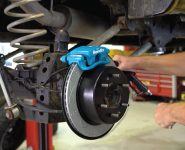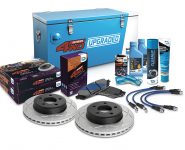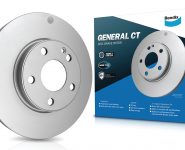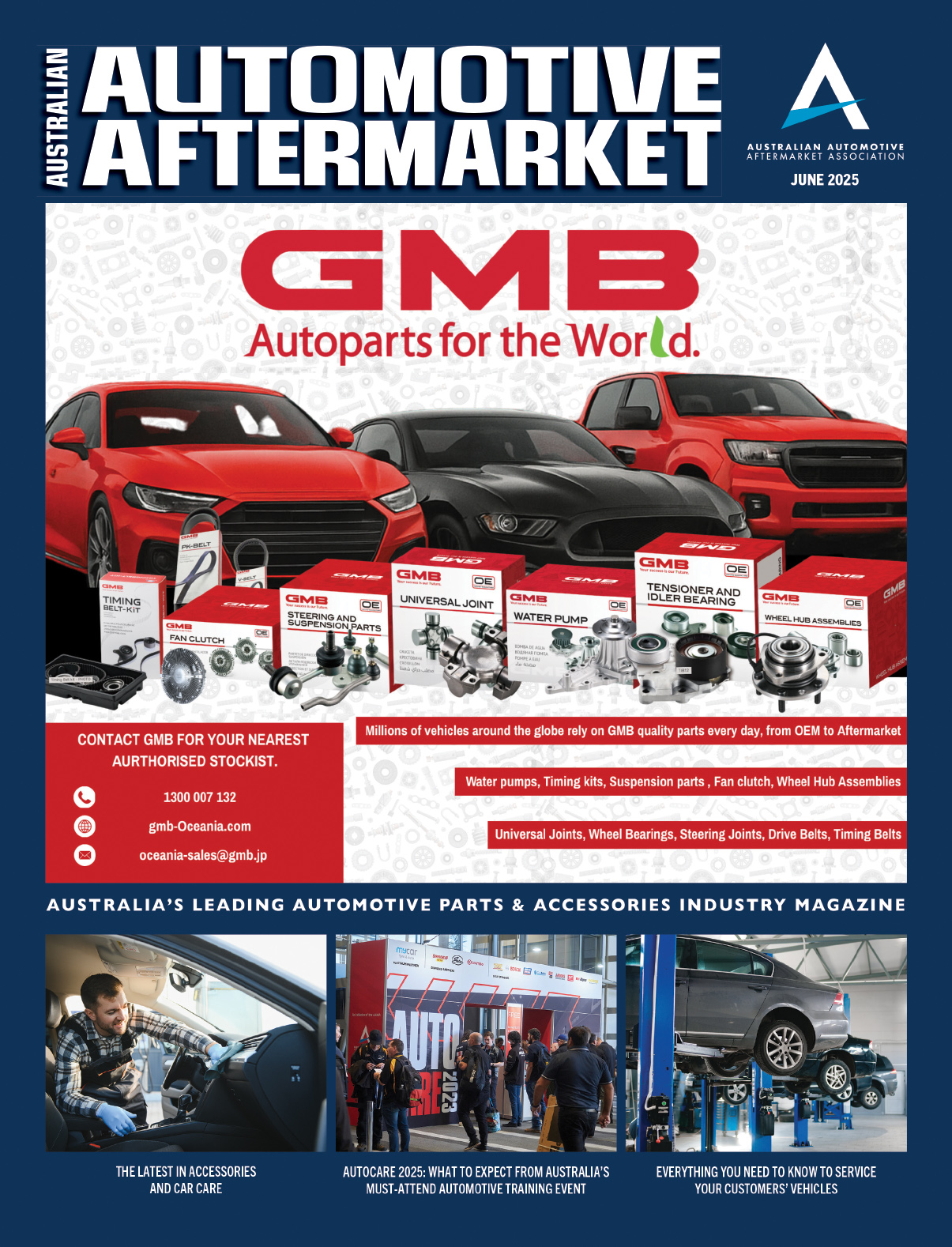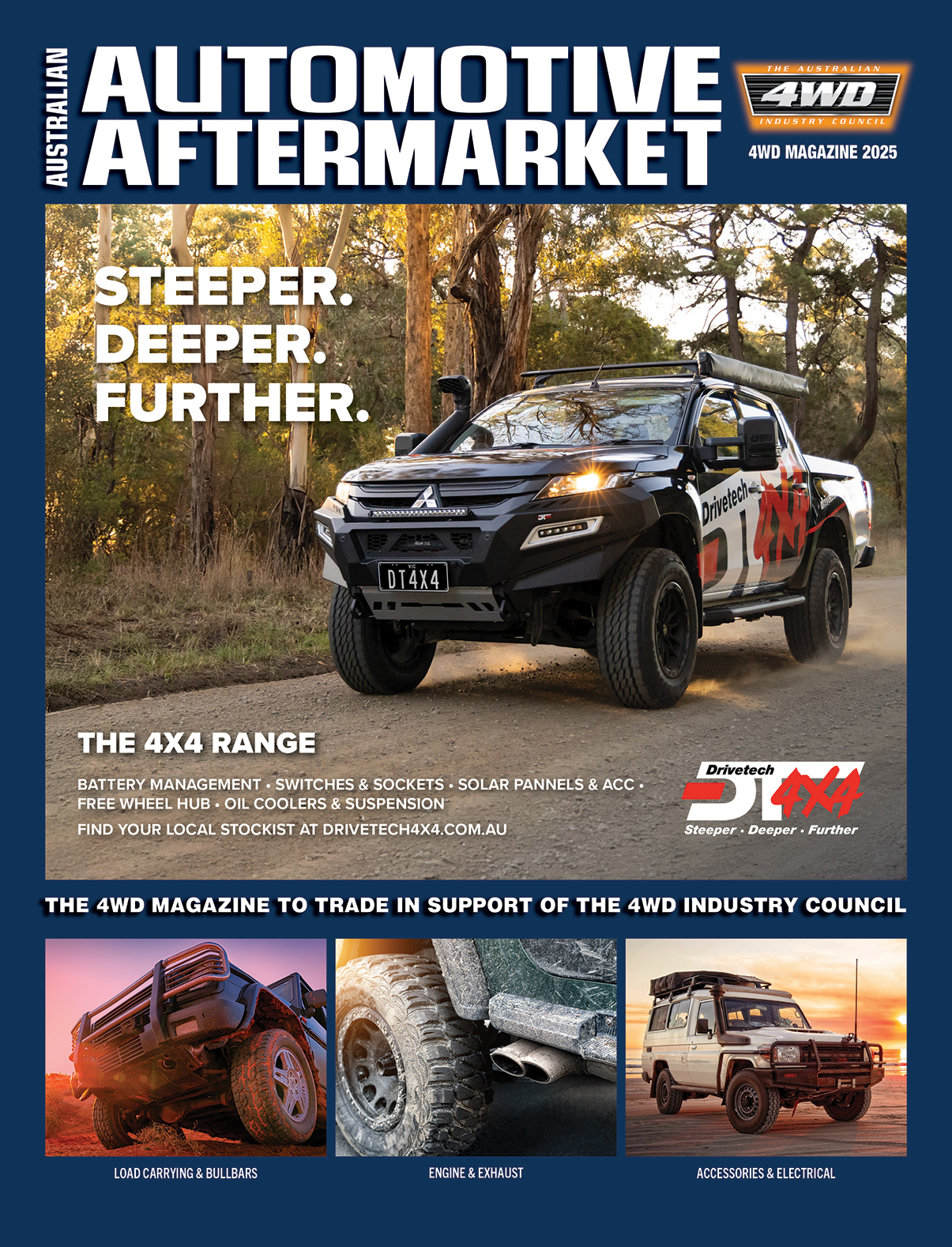THE PROBLEM WITH REGENERATIVE BRAKING…
The experts at Bendix take a look at this important subject
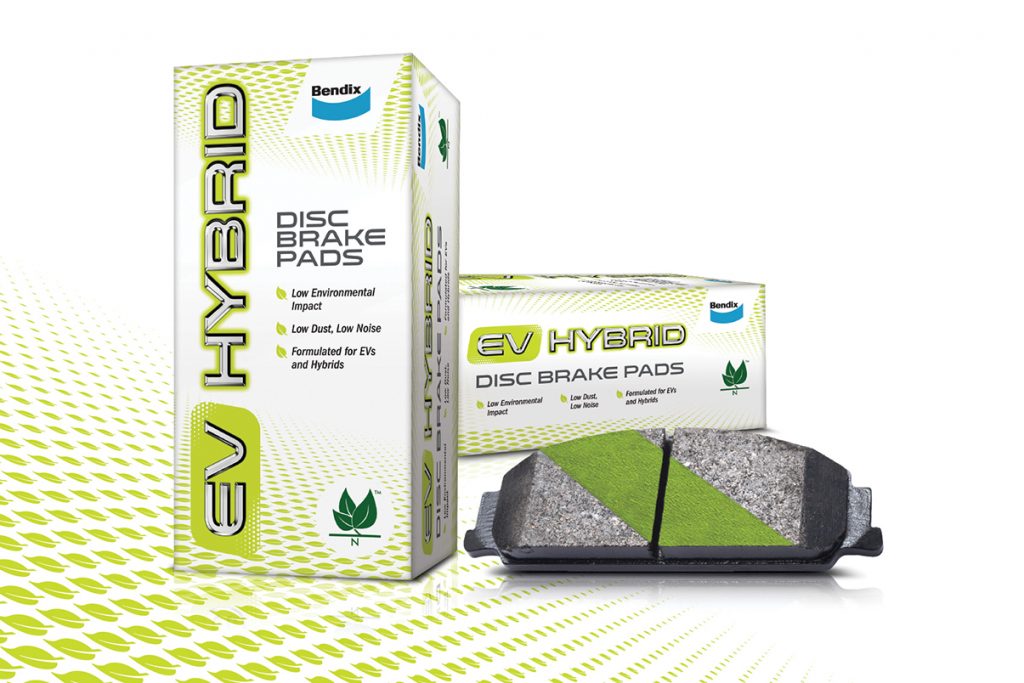
Regenerative braking is a feature of hybrid-electric and full electric vehicles, which allows them to capture kinetic energy when the vehicle slows or brakes.
In traditional drivetrains, this energy is transformed into heat via friction and is lost into the atmosphere.
There is a real benefit to electric vehicles being able to draw on this energy.
As the vehicle begins decelerating, the wheels begin spinning the electric motor’s output shaft, converting the kinetic energy into electricity, which in turn is used to recharge the car’s electric battery while being driven, extending its range.
Regenerative braking also slows the car down faster than normal deceleration, meaning there is potentially less wear and tear on the vehicle’s traditional braking components.
In some braking situations, the traditional brakes may barely be used at all.
While this may mean that brake pads and rotors last longer, there are some potential issues that may arise that could cause longer-term negative effects on the traditional brakes.
With these brakes not being used as often, problems such as corrosion or caliper ceasing can become more prevalent and impact braking reliability.
Painted metal brake pad baking plates are prone to rust, and the heat from normal brake use dries them, helping to keep corrosion at bay.
When they’re not used as often, moisture can persist and corrosion can start setting in – this can lead to the rusty backing plate sticking to the caliper and jamming against the rotor, causing damage and affecting safe braking.
There is a misconception that traditional brake servicing isn’t necessary when it comes to EVs thanks to their regenerative braking systems, but this simply isn’t true.
In fact, leading technicians recommend a yearly brake service to ensure that brake components aren’t rusting together, and that the brake fluid remains serviceable.
Drivers need to be confident that in emergency situations the brakes are working correctly.
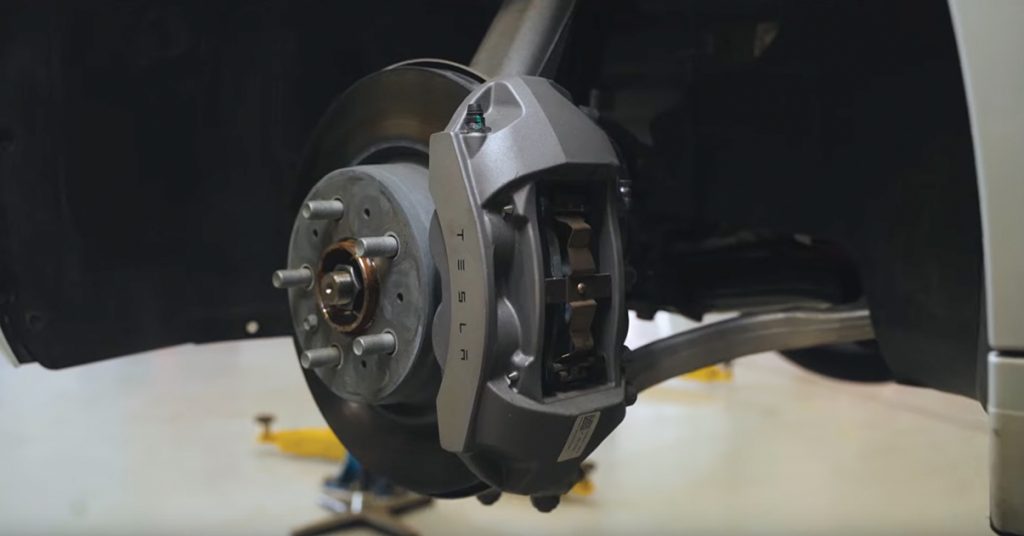
Bendix EV-Hybrid Disc Brake Pads
Bendix says it also helps to use brake pads specifically designed for hybrids and EVs, such as Bendix’s EV-Hybrid range.
These Bendix brake pads maintain a transfer film on the disc brake rotor, helping to prevent corrosion and ensuring consistent braking.
Available for a wide range of EVs, the Bendix EV-Hybrid range is locally designed in Australia using organic materials to deliver a lower environmental impact along with low dust and noise levels, which Bendix says results in cleaner wheels and longer disc brake rotor life.
Tesla now covered
Recently, Bendix has specifically designed new pads locally for Tesla Model 3 and Model Y.
According to industry sales data cited by Bendix, Tesla’s Model 3 and Model Y are the best-selling electric cars in Australia and New Zealand.
Bendix says it has moved to meet this growing demand, announcing new disc brake pads to suit these popular models.
Part of a recent expansion of its EV-Hybrid range, the latest additions – which are available in both front and rear sets – were specifically designed locally for Tesla Model 3 and Model Y.
The organic friction material used in the EV-Hybrid disc brake pads comprise a range of ingredients including synthetic glass fibres, aramid fibres and natural organic fibres as the main reinforcing elements.
Added to these are organic modifiers and binding resins.
Bendix says that together they deliver strong stopping power, and low noise and dust emissions while providing low environmental impact.
Bendix EV-Hybrid disc brake pads are also available for other popular EV and Hybrid models from leading brands including Toyota, Lexus, Honda and Mitsubishi. Additional releases are planned in the coming months.
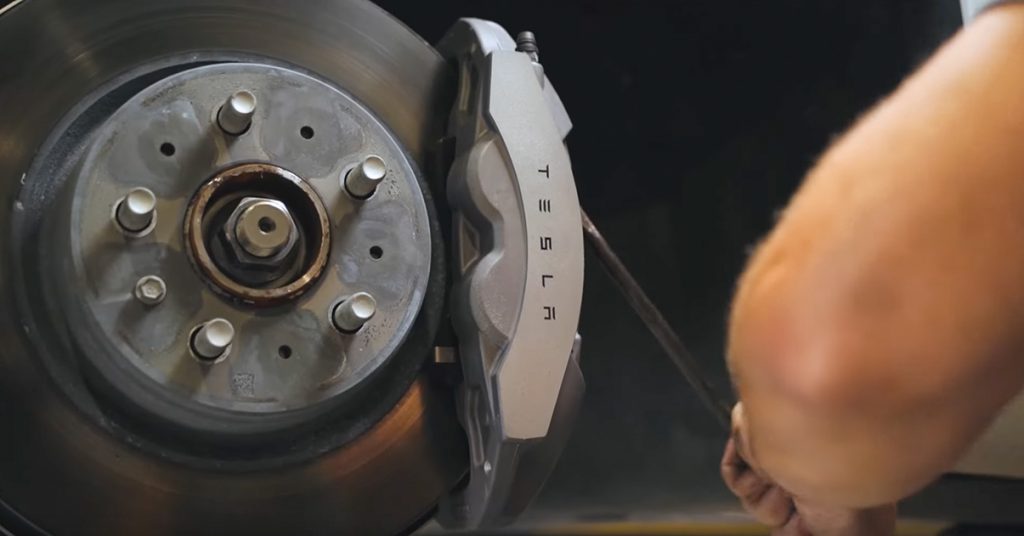
Certified quality
The copper-free organic brake friction materials used in Bendix EV-Hybrid disc brake pads are certified to the Automotive Aftermarket Suppliers’ Association (AASA) ‘N’ rating.
This rating confirms Bendix EV-Hybrid disc brake pads contain less than 0.5 percent of copper by weight and permits Bendix to use the AASA LeafMark ‘N’ icon.
Bendix says certification as ‘N’ rated under the AASA LeafMark backs its commitment to copper-free brake pads, to minimise environmental impact.
The AASA LeafMark for friction materials represents one of the most stringent environmental standards for brake materials and the Bendix EV-Hybrid material has been tested and accredited by an independent lab and certified to meet this high standard.
Further adding to the pads’ green credentials is their packaging, which does away with plastic shrink wrap in favour of Hexcel Wrap, a paper product that is 100 percent recyclable.
Complementing the Hexcel Wrap is exterior packaging which is FSC Certified – this means that 70 percent of the packaging comes from FSC certified or recycled materials, while 30 percent is made from controlled wood.
For more information free call the Bendix Brake Advice Centre on 1800 819 666 or +61 3 5327 0211 from overseas (8am-5pm Monday to Friday EST), e-mail brakeadvicecentre@bendix.com.au or visit www.bendix.com.au




